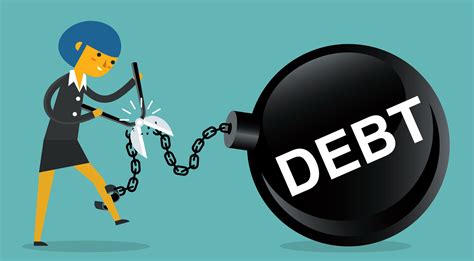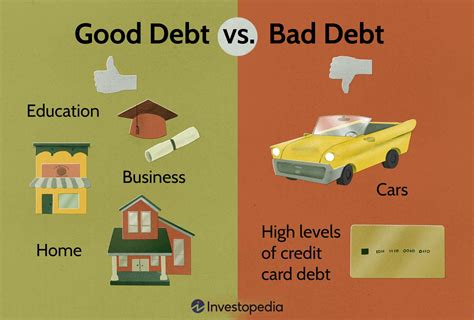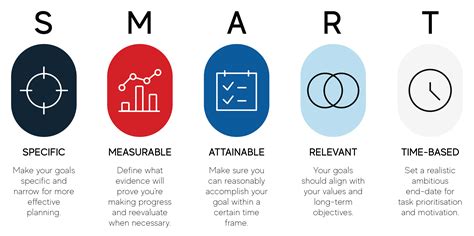Understanding Your Debt Landscape
Before you can strategically tackle your debt, it’s crucial to have a clear understanding of what you owe. This involves listing all your debts, including credit cards, student loans, car loans, and mortgages. For each debt, note down the outstanding balance, the interest rate, and the minimum monthly payment. This comprehensive overview is the foundation for any effective repayment plan.
Knowing your debt landscape also means understanding the types of debt you carry. High-interest credit card debt, for instance, often requires a different approach than a low-interest mortgage. Differentiating between ‘good debt’ (like a mortgage or student loan that helps build assets or future income) and ‘bad debt’ (like high-interest consumer debt) can help prioritize your efforts.

The Debt Snowball vs. Debt Avalanche Method
Two of the most popular and effective debt repayment strategies are the Debt Snowball and the Debt Avalanche methods. Both involve making minimum payments on all debts and directing extra funds towards one specific debt at a time.
Debt Snowball Method
The Debt Snowball method prioritizes debts by their balance, starting with the smallest. Once the smallest debt is paid off, you take the money you were paying on it and add it to the payment of the next smallest debt. This creates a ‘snowball’ effect, building momentum as each debt is eliminated. This method is psychologically rewarding, as quickly paying off smaller debts provides encouragement to continue.
Debt Avalanche Method
The Debt Avalanche method, conversely, prioritizes debts by their interest rate, starting with the highest. Once the debt with the highest interest rate is paid off, you apply that payment amount to the debt with the next highest interest rate. This method is mathematically more efficient, as it minimizes the total interest paid over time, potentially saving you a significant amount of money.

Strategic Budgeting and Expense Reduction
No debt repayment strategy can succeed without a solid budget. A budget helps you track your income and expenses, identify areas where you can cut back, and free up more money to put towards your debts. Start by listing all your monthly income and fixed expenses (rent, utilities, loan payments). Then, categorize your variable expenses (groceries, dining out, entertainment).
Look for opportunities to reduce discretionary spending. Even small cuts, like brewing coffee at home instead of buying it daily or canceling unused subscriptions, can add up. Every dollar saved is a dollar that can be allocated to debt repayment, accelerating your journey to financial freedom.
Considering Debt Consolidation and Refinancing
For individuals with multiple high-interest debts, consolidation or refinancing might be a smart tactic. Debt consolidation involves taking out a new loan to pay off several existing debts, simplifying your payments into one monthly bill, often with a lower interest rate. Options include personal loans or balance transfer credit cards.
Refinancing, particularly for student loans or mortgages, involves taking out a new loan with better terms (e.g., lower interest rate, different payment schedule) to pay off your current loan. Before pursuing these options, carefully evaluate the terms, fees, and potential impact on your credit score.

Building an Emergency Fund
While aggressively paying off debt, it’s also critical to build or maintain an emergency fund. An emergency fund acts as a financial safety net, preventing you from falling back into debt when unexpected expenses arise (e.g., job loss, medical emergencies, car repairs). Aim for at least 3-6 months’ worth of living expenses. A small, initial emergency fund can be built alongside your debt repayment efforts, and then expanded once significant debt is cleared.
Maintaining Discipline and Long-Term Vision
Debt repayment is a marathon, not a sprint. It requires consistent discipline, patience, and a clear long-term vision of financial freedom. Regularly review your progress, celebrate small victories, and adjust your plan as needed. Educate yourself continuously about personal finance and look for ways to increase your income or reduce expenses further.
By implementing smart debt repayment tactics, you’re not just eliminating liabilities; you’re building a foundation for a secure and independent financial future. The journey can be challenging, but the rewards of financial freedom are immeasurable.





